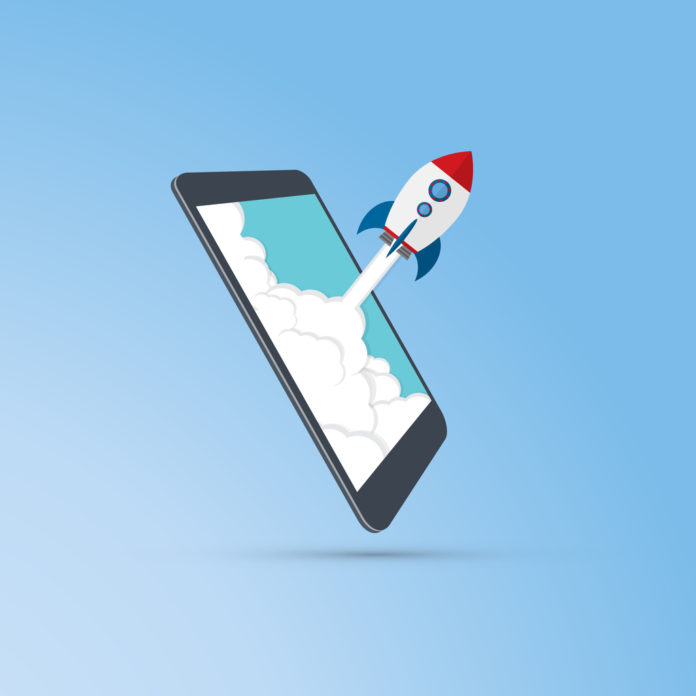Do you have a smartphone or a tablet? Of course, you do. You probably also use a lot of different apps on them. You see all those tiny little icons on your screen. All-day. Every day.
What if your brand could be one of those? Can you imagine? It’s easier than you might think. And it’s a smart move, too. According to reports, we’ve long passed the tipping point between how many people access the web via mobile devices versus the traditional desktop. In fact, only 42% of people are using desktops and laptops compared to 55% for mobile devices. The gap will only continue to grow.
If that’s not enough to make you reconsider your mobile strategy, consider this. 90% of the average user’s time on a smartphone is spent in an app, not on the mobile web. That’s a recipe for trouble. If more users are going onto smartphones and they’re burying themselves in apps, how are you going to advertise to them? Do you really want to trust your advertising to a mobile ad network?
That’s why companies are making branded applications. But what goes into making a good one, besides the obvious coding know-how? There are two core items that are needed. First, the app needs to feel like an extension of your user experience. Second, the app needs to provide something useful to the user.
For example, take the branded app for Starbucks. Starbucks uses the entire familiar green and white color scheme we’re all used to when we enter one of their coffee shops. But fancy branding isn’t the reason 10 million people are using the app. The app lets users do a number of things:
- Locate the nearest Starbucks
- Check and redeem points in their loyalty program
- Reload Starbucks gift cards
- Pay for drinks
- Even tip the barista
At each step of the sales funnel, Starbucks has something in their app to assist you with the process. This utility is what makes the app so successful. No one wants to have an app that does nothing but pushes advertisements all day. Thankfully, you don’t need a mobile app this fancy to get attention. Take the app for 7-11 as another example. Their mobile app tells you where the nearest store is and tells you what offers and promotions are available at that particular branch. It also pushes coupons specific to those locations.
Another tactic you could take is creating a mobile game within your app. Audi built a successful small racing game where you can steer various Audi models down five different tracks for time using your phone as a steering wheel. If you’re a games shop or you like to play and meet new friends along the way, why not create a simple game to socialize with other players? How about the live game of bingo where you can play with others who are on the app? Using a mobile game is a great way to associate fun with your brand.
Another example of a game app was the one developed for the movie The Karate Kid. This app had a set of five mini-games that focused on different qualities of Kung Fu. The app was so successful, it met its download target five times over.
The great aspect about mobile apps is that you can afford to be a little whimsical. Take the app from Tap. It’s quite genius actually. Tap locates the nearest clean drinking water locations, from restaurants and retail stores to public water fountains where you can refill your water bottle. The fountains are also rated by users according to coldness, location, cleanliness, and flavor.
A similar app from SitOrSquat lets people track and rate restrooms. Both of these apps would be quite useful on a long road trip.
Apps allow your company to be creative with branding in ways that weren’t possible in the past. Think about these examples and see if there’s a way you could incorporate your current loyal customer programs, coupon systems, pain point relief, and UX into something your customers will find useful. If it takes off, your app will serve as a wonderful bit of advertising on your customer’s phones.






